Burning ISO file into USB is different from copying the files to USB. If you intend to boot the system using a bootable drive (USB), just copying the files won’t do the thing. You have to get your stored ISO image data into the USB drive. It is done by burning the ISO image in USB or Disc. Therefore, you will need some unique methods to burn the data to USB. In this article, we will share why people feel the need to write ISO image to USB and some ways to get it done on Linux, Ubuntu, Mac, and Windows. So, let’s begin.
3 Methods to Write ISO to USB
There are many excellent solutions to write an ISO image to USB. A few of them include, UNetbootin to primarily burn on Linux, Universal USB installer, Rufus, RMPrepUSB, dd for command-line lovers in Linux, or Linux graphical USB startup creator tool, etc. Now, let’s explore some methods to write an ISO image to USB in Linux, Mac, and Windows.
Method 1. Write ISO to USB Linux
Let suppose you want to write an Ubuntu installation ISO file in USB for the Linux system. Now, you have two common ways; either use dd command or use default Ubuntu application. Here is a step-by-step guide to write Ubuntu ISO to USB in Linux.
Step 1. Connect the UBS to your computer. Press Super Key (WinKey on most keyboard) and type “Startup Disk.” It will open the Startup Disk creator tool.
Step 2. Startup Disk creator window will pop up. Here, you can see your USB name.
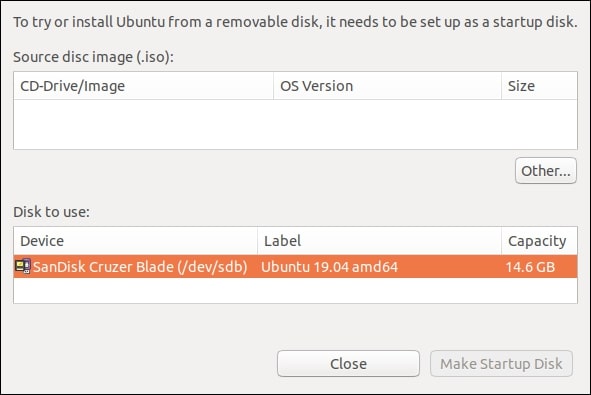
Step 3. Then, click “Other” and browse the Ubunto ISO image to write in USB Linux. Click open.
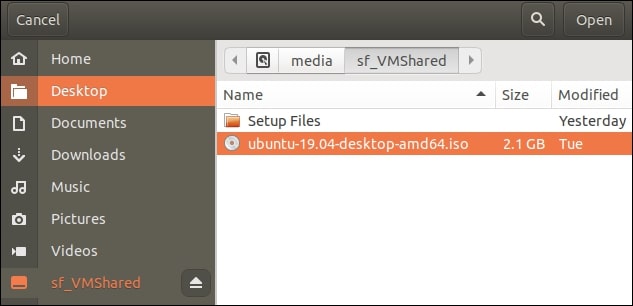
Step 4. The ISO image and USB will appear as highlighted, as in the image below.
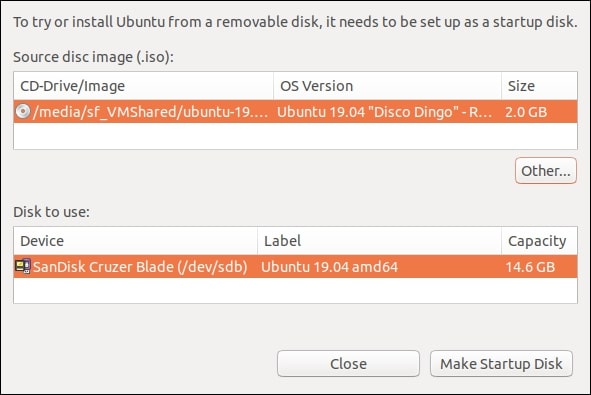
Step 5. Click “Make startup disk” and wait until the burning completes.

Method 2. Windows Write ISO to USB
1st Tool. Write ISO to USB with PassFab for ISO (Editor's Pick)
So, now you know how to write ISO image in USB in all three major operating systems. However, if something doesn’t work for you or if you feel like these methods are complicated, we have another method for you. Using excellent shareware, PassFab for ISO, you can burn the ISO in USB. Let’s see how you can do it in some easy and simple steps.
Step 1. First of all, download PassFab for ISO from its official website and install it on your PC.
Step 2. Now you need to choose "Download System ISO" or "Import Local ISO"
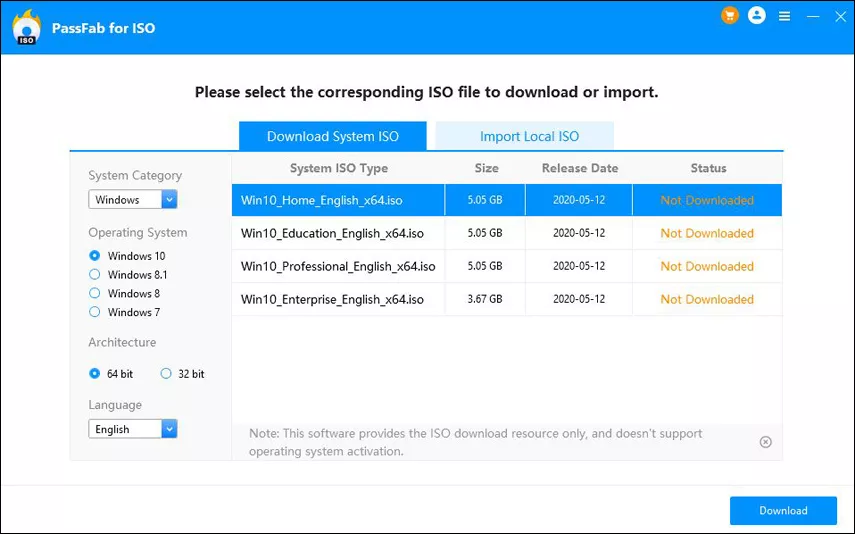
Step 3. Then, you will see a window to select the bootable media. Select USB. Click “Burn” and a data loss warning pop up will appear. Click "Continue" and wait patiently for a few minutes.
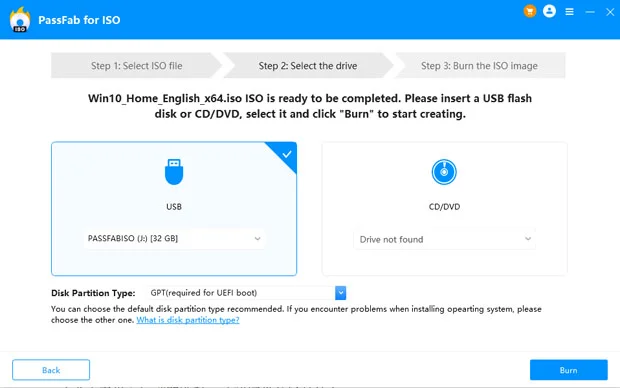
Step 4. In the end, you will see the message “ISO is burned successfully.” Cheers! Your bootable USB drive is ready.
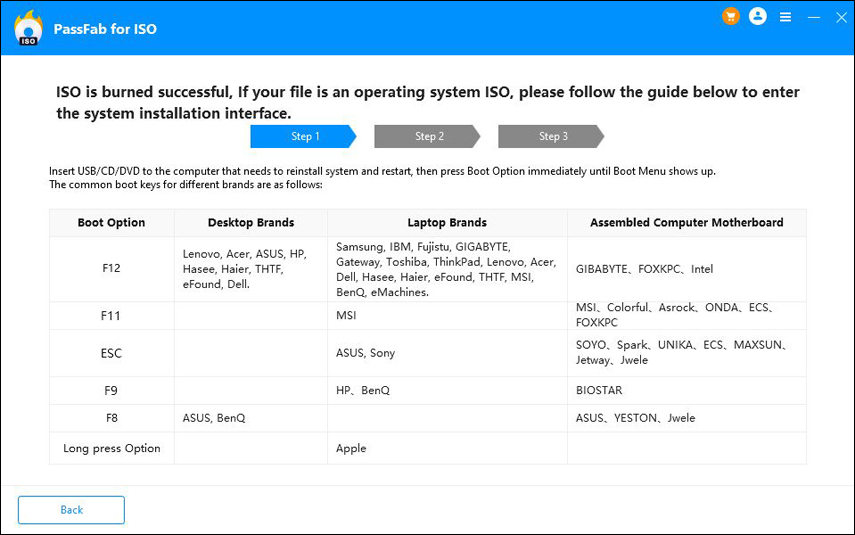
You can also watch this video tutorial about how to burn ISO to USB in Windows 10:
2rd Tool. Write ISO to USB with Rufus
For Windows, you can download the portable program “Rufus” from the official website. It will extract the contents of ISO image in the USB device. Check the steps below to write an ISO image to USB in Windows.
Step 1. First, you have to download and install the Rufus. Once you have the program, double-click the .exe file to open it.
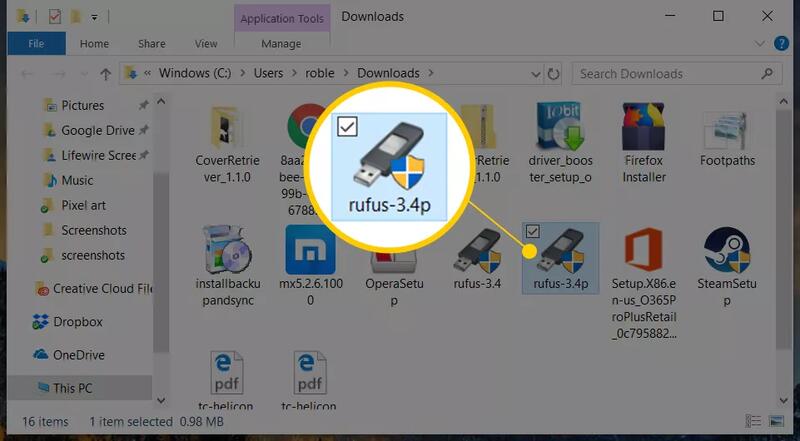
Step 2. Now, insert the USB device in Windows PC. Make sure it doesn’t contain any essential data as burning will erase all the files on USB.
Step 3. In the main interface of Rufus, choose the device and select USB.
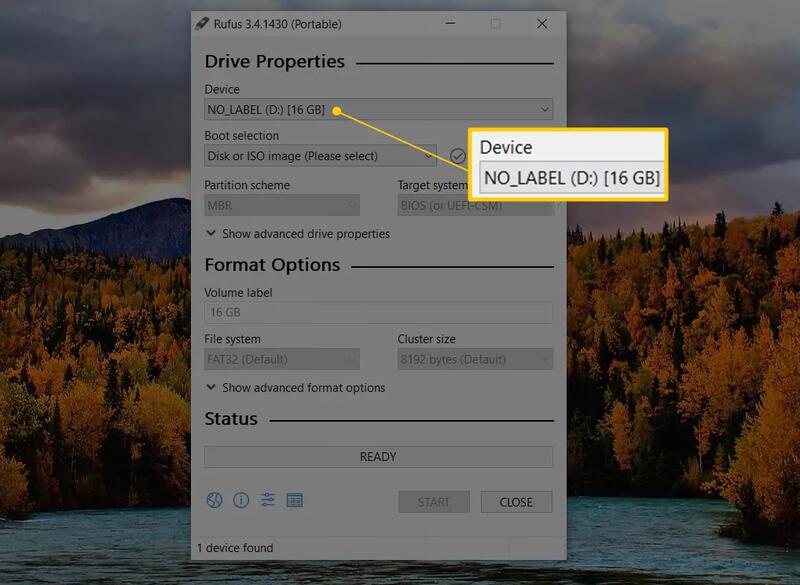
Step 4. Then, open the Boot selection drop-down menu. Locate the ISO image and open it. Wait for a while.
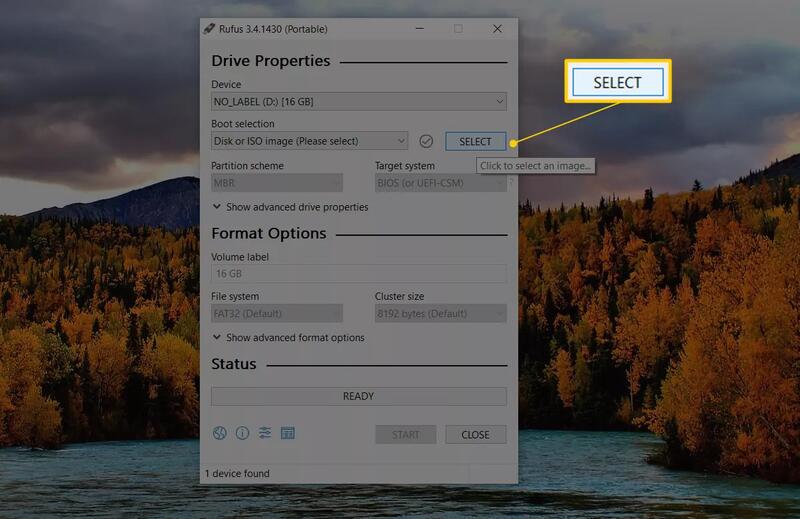
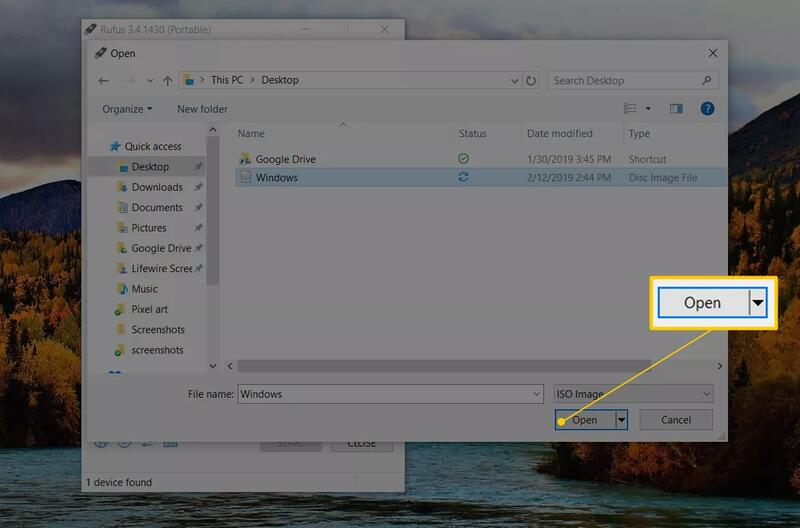
Step 5. Click “Start,” and the burning process will begin.
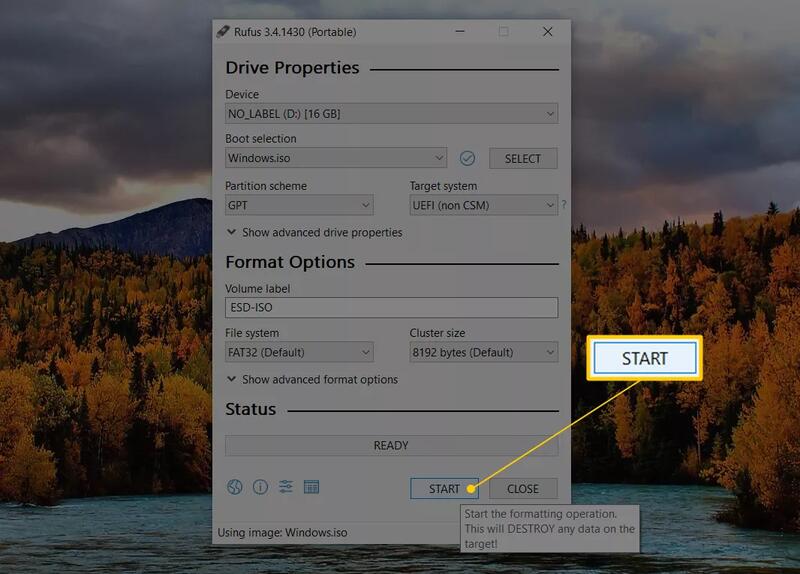
Step 6. A warning will pop up to ask your permission, as booting will erase the data. Click OK.
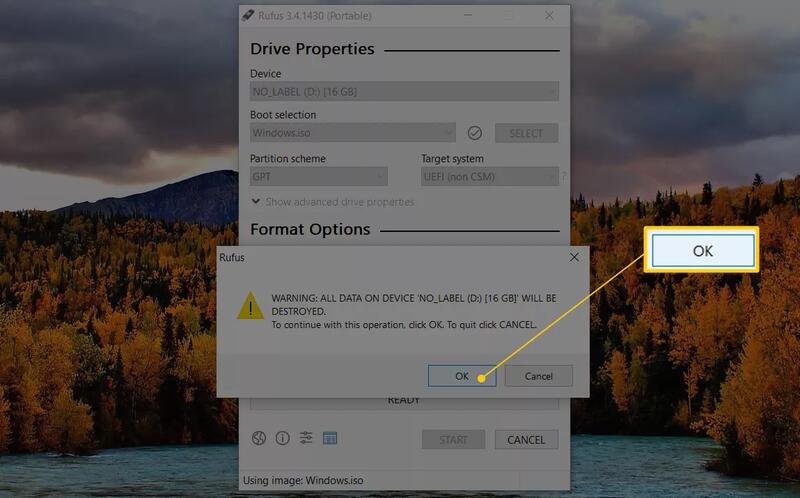
Step 7. Wait for a while until the burning process completes, and then you are good to go.
Method 3. Write ISO to USB Mac
Generally, there are several ways to write an ISO image in USB for Mac. You can do it by the terminal, or use ISO burner, etc. Let’s see the following steps to do it via the terminal command line.
Step 1. First, insert a USB in your Mac and open terminal by the path: “Applications >> Utilities >> Terminal." Then, type “diskutil list” and press Enter.
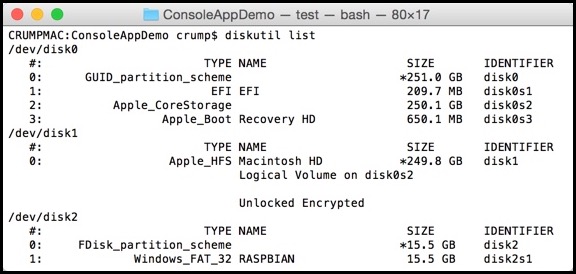
Step 2. Then, a list of all the drives will appear. Here, you need to find the correct identifier for your USB. Note it down. Then, unmount the drive by typing “sudo umount /dev/driveidentifier .” Replace “driveidentifier” with the identifier you noted.
Step 3. Now, enter the admin password if needed. Then, type the following command to write ISO image in USB for mac:
"dd if=/path/to/image.iso of=/dev/driveidentifier".
Note: Replace “driveidentifier” with the identifier you noted. It will burn the ISO image in Mac.
Why You Have to Write ISO to USB?
Do you wonder why there is a need to write an ISO image to USB in general? Why is copying the data to USB not enough? You are told to write the ISO image to USB, but what does “burn” really mean? Most importantly, how to write ISO image to USB if you have Linux, Mac, or perhaps Windows? These are pretty common questions that arise in people’s minds, and we will try to address them in our article.
Basically, burning in USB means to write the information on flash drives (no lasers involved). Now, there may be several reasons to burn ISO image to USB like when you want to install the windows. You will need to burn a Windows ISO image to a portable device like USB in order to boot another PC.
Moreover, it's easier to install Windows OS from a bootable USB drive than the original installation CD. Other than that, to boot from the device, BIOS needs the boot sector. Merely copying the ISO to USB doesn’t create a boot sector.
Furthermore, ISO image is an archive that has files of sectors of an optical disc, which needs to be extracted to boot your OS. Therefore, you need to burn the ISO image in USB. Let’s now see some ways to do it in Linux, Mac, and Windows.
In A Nutshell
There are several fantastic tools that you can use to write an ISO image to USB. For instance, the USB startup creator tool for Linux, Rufus for windows, or you can do it via the terminal in Mac. Furthermore, you can also use PassFab for ISO to burn ISO image to USB. Try out the methods and see what works best for you.
Frequently Asked Questions About ISO to USB
Q1. How do I make a bootable USB from an ISO?
First, you need an ISO image file and a USB. Then, it depends on what OS you have. For instance, you can use the USB startup creator tool for Linux, Rufus for Windows, PassFab for ISO and terminal in Mac.
Q2. Can you run an ISO file from a USB drive?
Yes, to extract the ISO file from a USB, you will first have to burn it into the USB drive. Mere copying won't extract the ISO file from a USB drive.
Q3. How do I convert Windows 10 ISO to USB?
You will need Windows 10 ISO image file. You can easily do it by using Rufus or PassFab for ISO.
